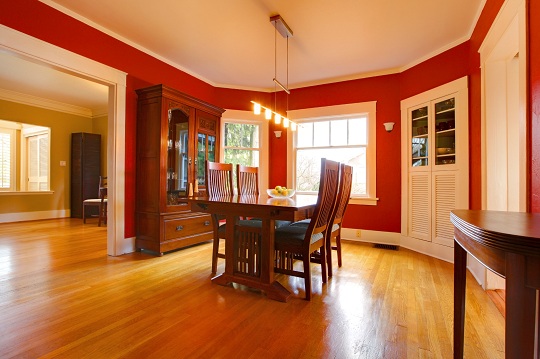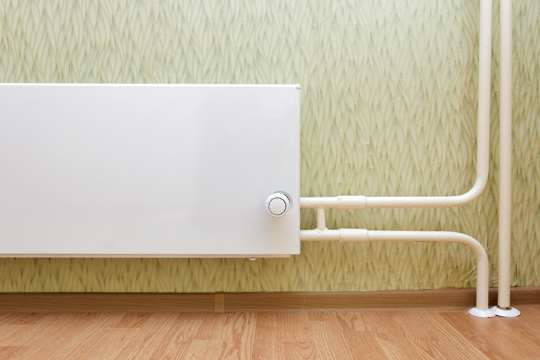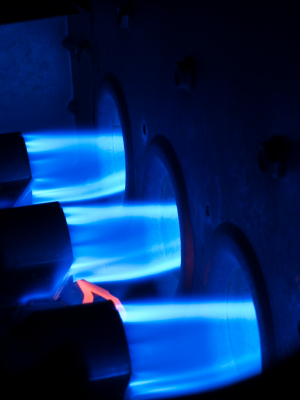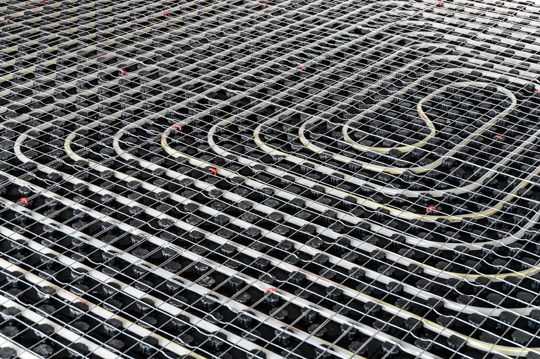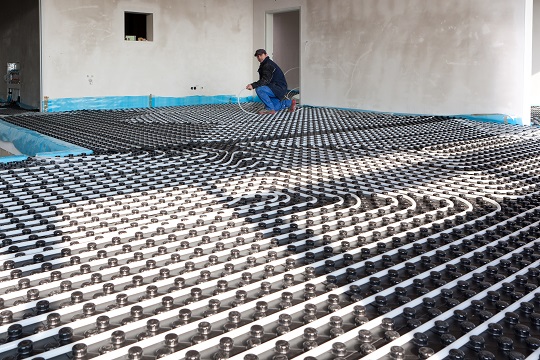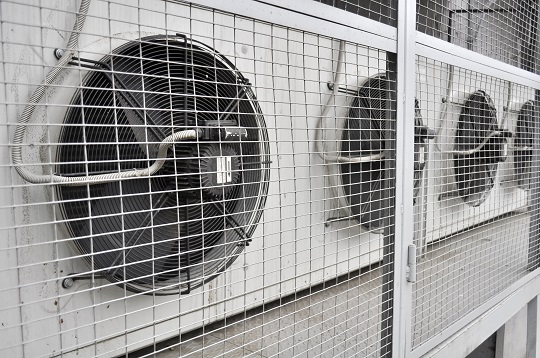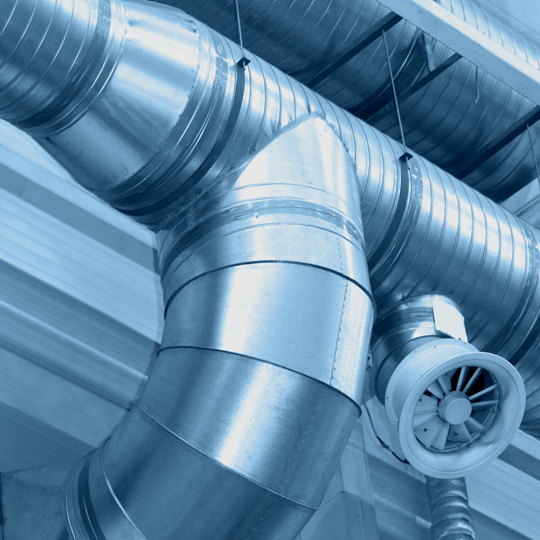An oil-filled electric heater efficiently provides both convection and radiant heat. In these types of radiant heaters, the electrical elements first heat up the special oil sealed inside the unit. Afterwards, the heated oil is circulated throughout the heater’s coils, which in turn heat up the external surface.
The oil in this heater is only warmed up to a certain temperature and never to the point of burning. Also, you will never need to replace the oil, which makes this heater very easy to use. As with all types of radiant heaters, you need to make sure you choose the size of radiator appropriate for the area to be heated.
Benefits of Oil-Filled Radiant Heaters
– These heaters are available in different models to suit different needs.
– They provide an even spread of warmth.
– They are very quiet to operate since they have no fan.
– They are energy efficient and cost effective.
– They don’t cause draughts.
– They don’t consume oxygen in the air.
– Some models are portable, for easy transportation from one room to another.
Ideal for Homes
Oil-filled electric heaters are very safe to use and are, therefore, perfect to use in your home if you have children or pets. The heating element on these types of radiant heaters is completely enclosed within the unit so there is practically no danger of fire or burn-related injuries. They also have safety features, like overheat shutoff, to give users greater piece of mind.
How to Use Oil-Filled Radiators Efficiently
First of all, set the heater’s thermostat to a comfortable level. Also, adjust the heat appropriately for the size of the area or to other specific needs. If possible, it’s best to turn on the heater 30 minutes before you will need the room to be warm, and turn it off 30 minutes before you plan to leave the room.
If you don’t need the heat, you don’t have to leave the heater running throughout the day. By using the timer, you can control the operating cost of these types of radiant heaters while still maintaining comfort in your home.
Need Heating Help?
If you have an oil-filled electric heater that’s not working properly, have it looked at by a professional. TalkLocal offers a free service to connect you with up to three heating professionals. Speak with the right professional right now!


